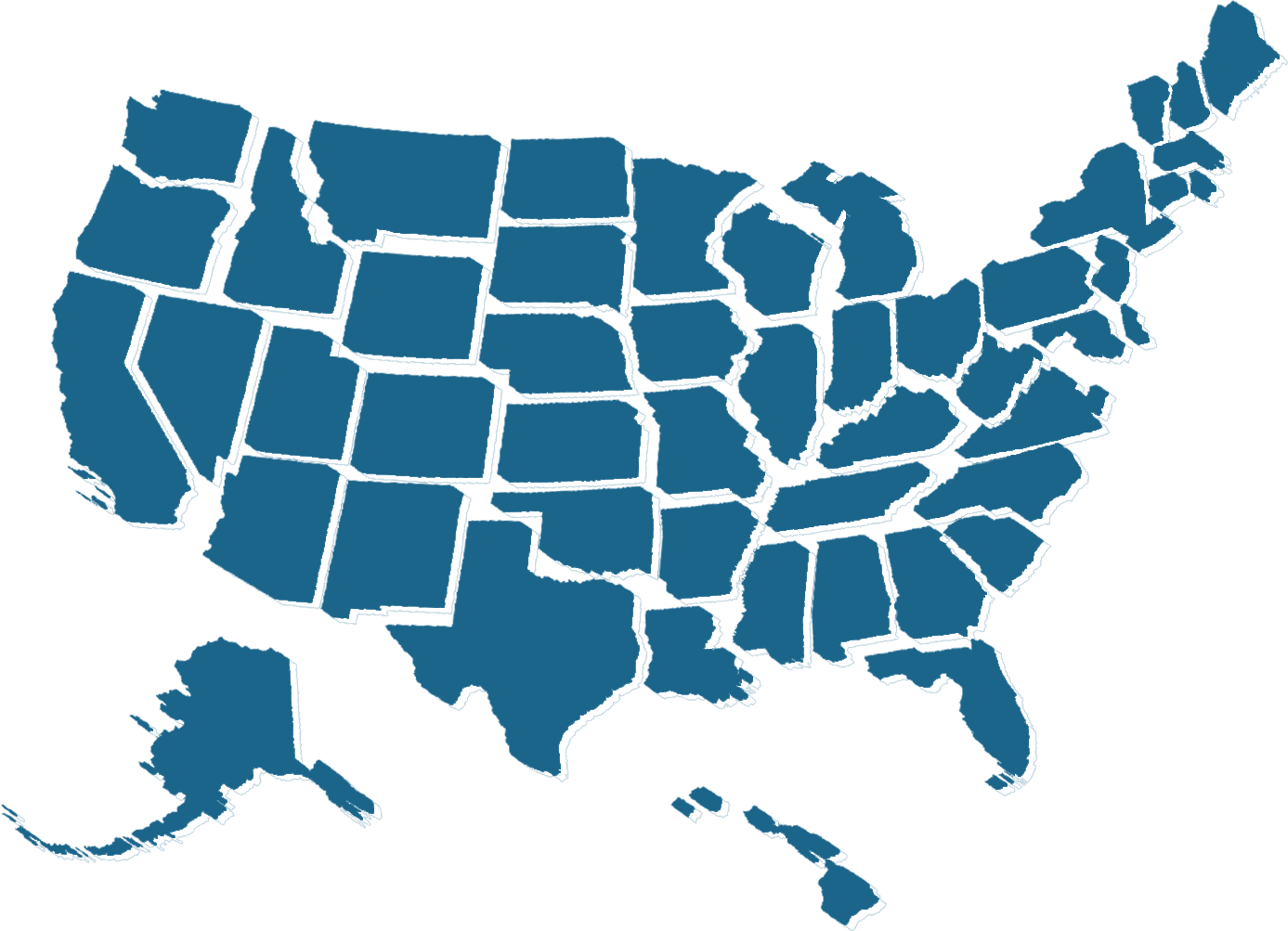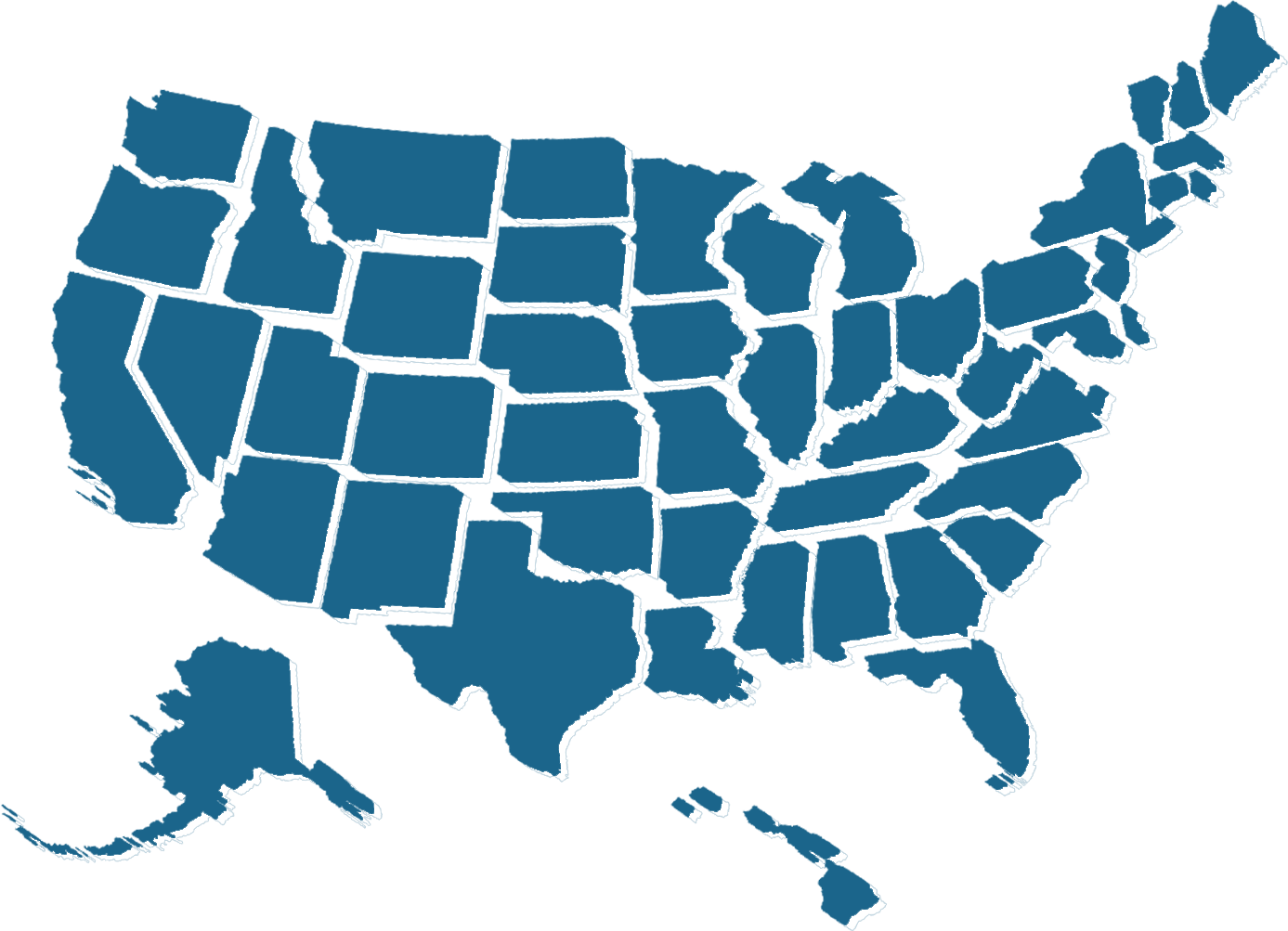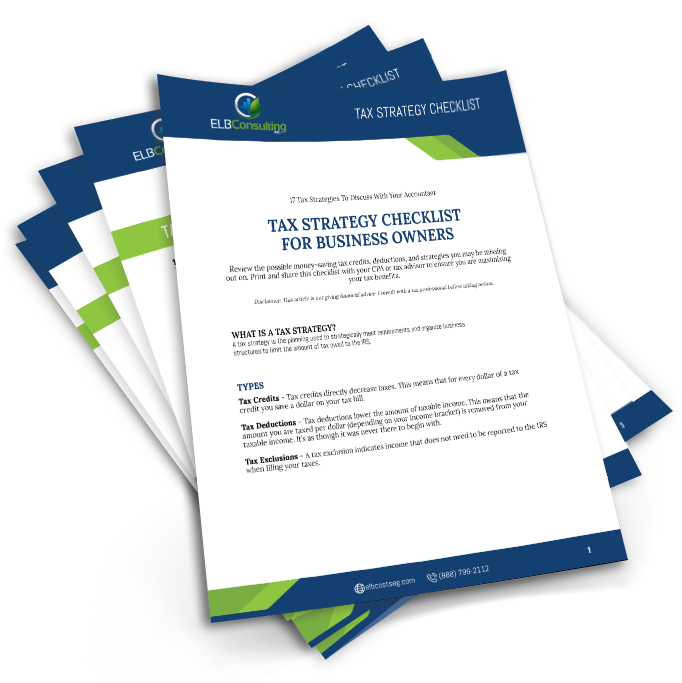Nearly anyone can do a basic cost segregation study which may include some component breakout, but doing it right is the issue. It is fair to say that CPAs, appraisers, contractors, and others can breakdown some of the building components and apply a life to them, especially on new construction.
However, even with CPAs and tax professionals, there are often many errors. The key to a successful cost segregation study is ‘detailed engineering’. Doing it accurately with the appropriate methodology can be a complicated process. As such, missing out on vital component deductions is a strong possibility due to a lack of understanding of the IRS audit techniques guide. A firm should also have the appropriate engineering expertise and tools.
Cost Segregation Methodologies
The IRS outlines six methodologies in the audit techniques guide; from a Rule of Thumb to an Engineered report based on actual cost records. Understanding the regulations and audit techniques guide and applying them correctly is the bottom-line issue.
While you’re not required to state the approach that you used for the study, the examiner should be able to find it out based on the report itself.
METHODOLOGY #1
Detailed Engineering Approach from Actual Cost Records
Using actual cost records for this approach allows you to rely almost exclusively on hard facts and receipts, making this approach the most accurate method. A field inspection is important for this approach to validate the property is built to the plans and specifications and to document through photographs and site inspection notes they key components and non-documented changes.
METHODOLOGY #2
Detailed Engineering Cost Estimate Approach
When cost records are not readily available, you’ll have to use a more cost estimation-focused approach. This is often the case with an acquisition of a used property.
All cost estimates must be based on paperwork from contractors or reliable published sources (e.g., R. S. Means or Marshall Valuation Service). Field inspection is vital for this approach as details on the construction and materials used in the construction likely aren’t available.

METHODOLOGY #3
Survey or Letter Approach
If you have the information of the contractors used in the construction of an acquired property, you may reach out via survey or letter to ask for costing details on the project. If the contractors are doing cost estimation for their aspect of the survey, it can cause serious disparities in your final report and estimation.
METHODOLOGY #4
Residual Estimation Approach
A residual estimation approach is an abbreviated approach that leaves a lot of savings on the table. In this approach, only 5-year and 7-year assets are determined. This approach is simpler and less time-consuming, but it can be significantly less accurate and leaves a lot of depreciation benefits on the table.

METHODOLOGY #5
Sampling or Modeling Approach
The sampling or modeling approach is ideal for multiple facilities that are nearly identical. This is especially the case in large franchises such as fast food restaurants and retail outlets. It helps save time, money, and resources. Accuracy can be a concern when using this approach as many factors can cause differences in the construction and materials of a project.
METHODOLOGY #6
“Rule of Thumb” Approach
The rule of thumb approach relies on the preparer’s experience in a particular industry, meaning there is little paperwork or actual evidence involved. This should be taken with a lot of caution as it misses out on a lot of supporting evidence that is the backbone of a lot of the other approaches.
Which Cost Segregation Approach Should I Use?
The IRS doesn’t require a specific approach to be used in any cost segregation analysis, though in the event of an audit, the detailed engineering approach offers the best defense and is the most accurate. While many firms offer this service, there is a fewer number that provide a truly engineered study. Many cost segregation providers will blend some engineering with the survey or letter approach, the residual method, or the sampling/modeling method. These methods are considered “engineering-based” but lack the level of detail of the Detailed Engineering Approach.
And because of this, they tend to leave money on the table, especially when dealing with the Mechanical, Electrical and Plumbing (MEP) systems. Many companies use off the shelf software that does a reasonable job, and may stand up to an audit with a vigorous defense, but they still tend to leave money on the table and may not fully comply with the Tangible Property Regulations.
What are the risks if an amateur does a cost segregation study?
A cost segregation study done by someone with little to no experience can cause serious issues and shouldn’t be taken lightly. While it could be a lower-cost alternative, there will be errors and omissions in the component level detail, which will not stand up to an IRS Audit. Utilizing an engineering firm that will identify all allowable components, will create far more tax and cash flow benefits that will far and away exceed the monies saved by using a lesser qualified firm and study.

Errors, under classifying or over classifying

Then if there is an audit, they have no backup documentation
Conclusion
If you’re considering the need for a cost segregation study, give our experts a call and we’ll help you determine the appropriate way to move forward on your project.
ELB’s proprietary “fully engineered and accounted” methodology provides equal treatment to all components, meaning both accelerated (5, 7, 15) and straight-line (39 or 27.5) are fully detailed and documented and we deliver a complete fixed asset management report with each study. This methodology provides maximum benefit and highest level of IRS audit protection for the client. Click on the link below for us to prepare a Feasibility Analysis on your property.
SERVING ALL 50 STATES FOR OVER 20 YEARS
We've completed cost segregation studies in all 50 states across the USA.


SERVING ALL 50 STATES FOR OVER 20 YEARS
We've completed cost segregation studies in all 50 states across the USA.
Ready to get started?

Step One: Call or message us.
Call us at (888) 796-2112, submit the inquiry below for a call back, or request a free quote.
Click to call

Step Two: We perform a fully-engineered study of your property.
We'll do all the heavy lifting to find you the maximum tax deductions you qualify for.

Step Three: We deliver your 'CPA-ready' report.
Get a completed cost segregation study that decreases your tax liability and puts more money in your pocket.

17 Tax Strategies For Business Owners
TAX STRATEGY CHECKLIST
Discover 17 tax strategies to bring to your accountant and ensure you're making the most of your tax benefits. Enter your email address to download your free, printable copy.
